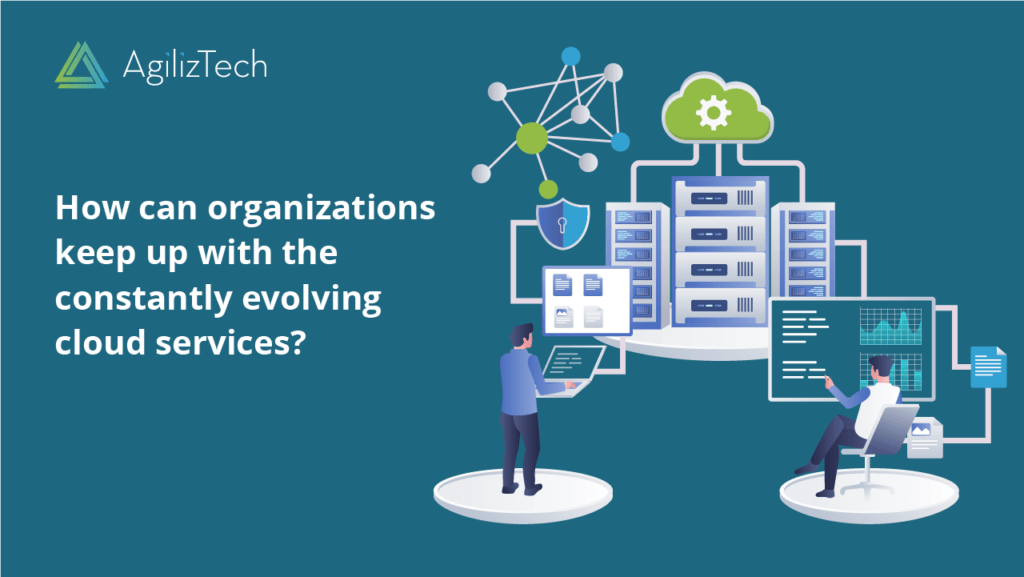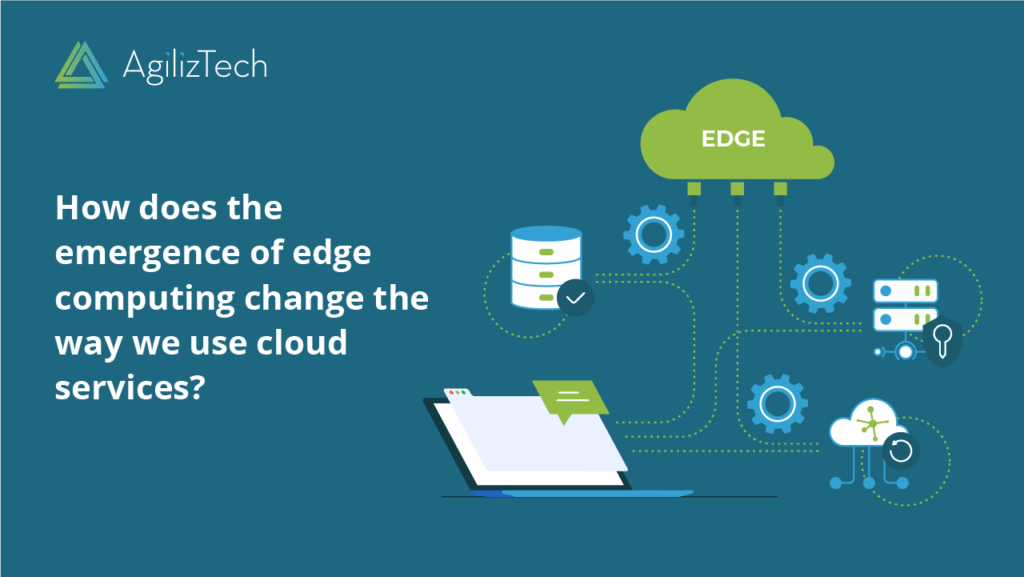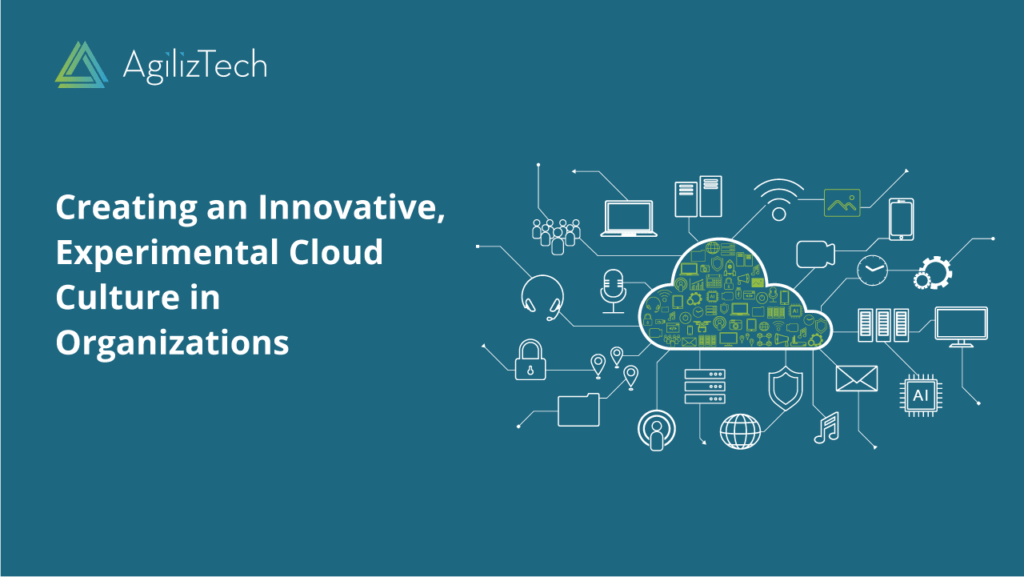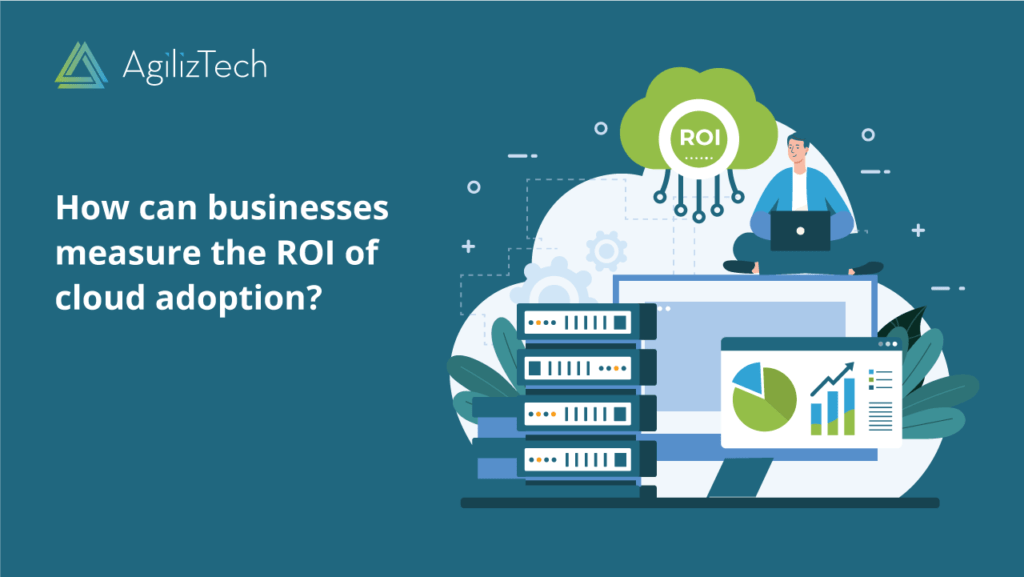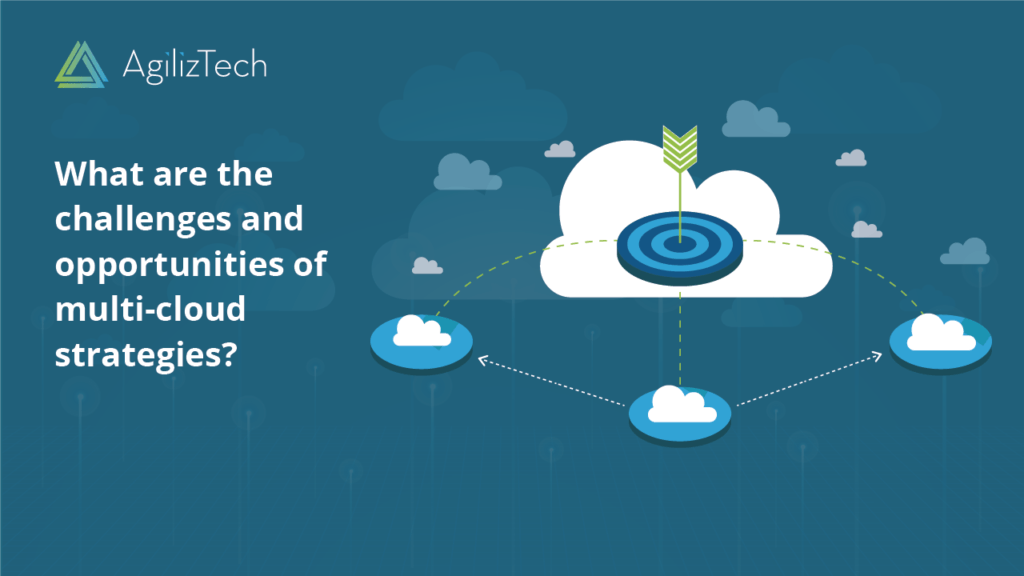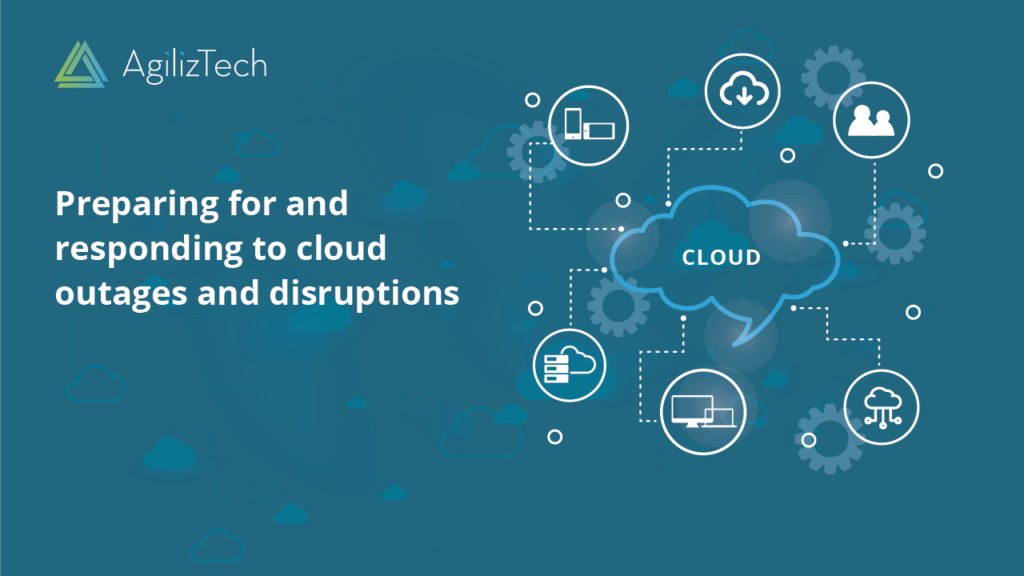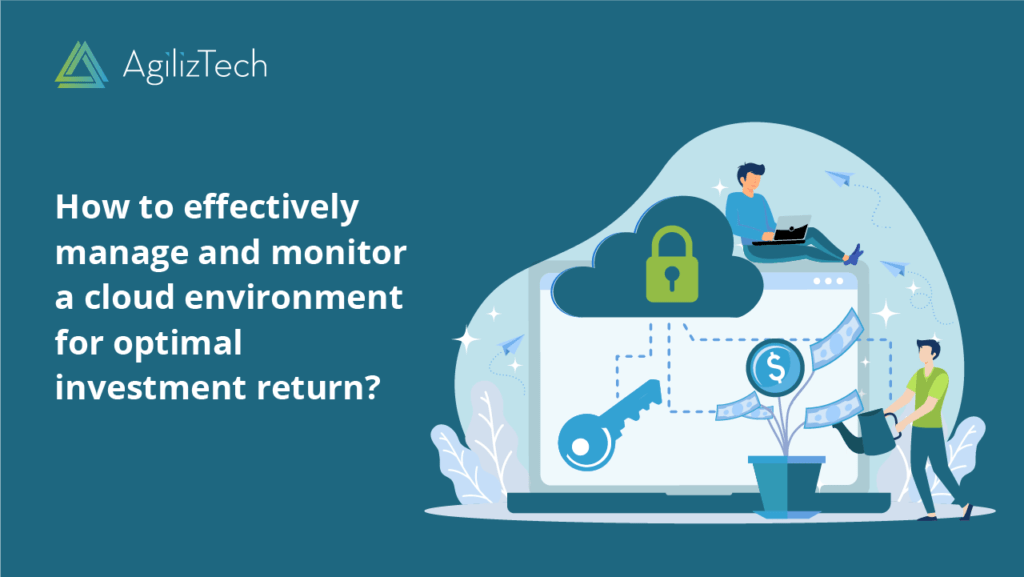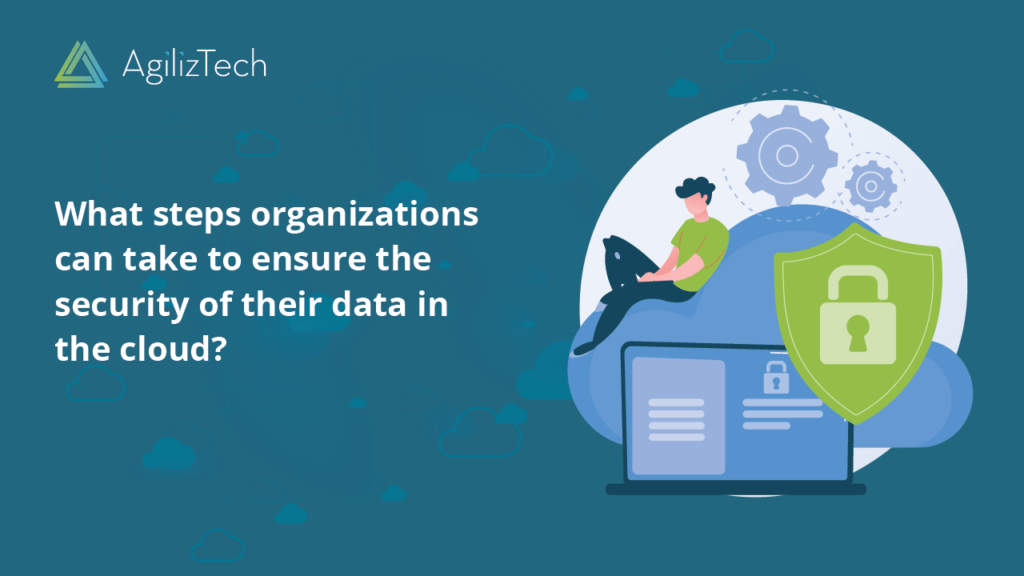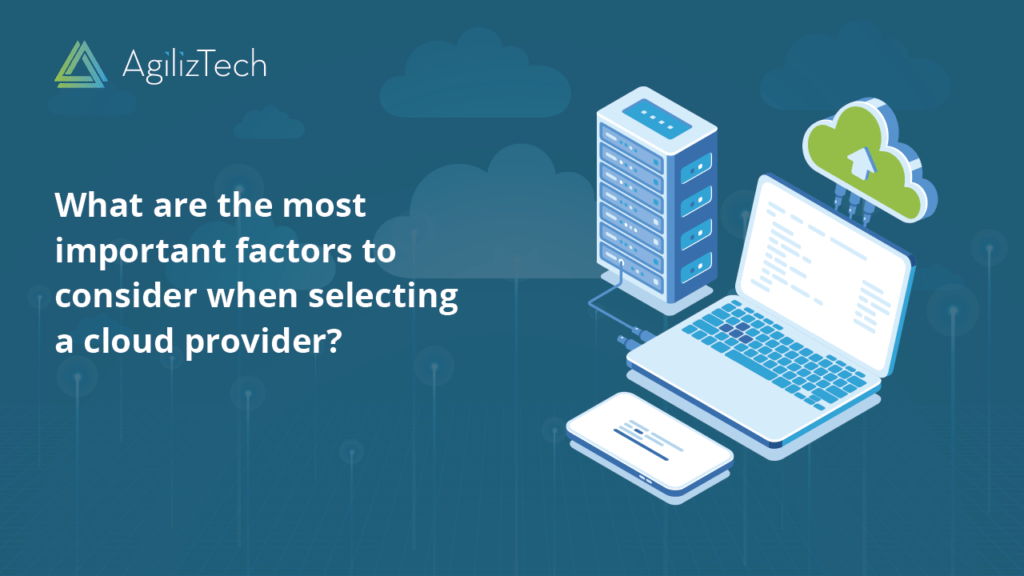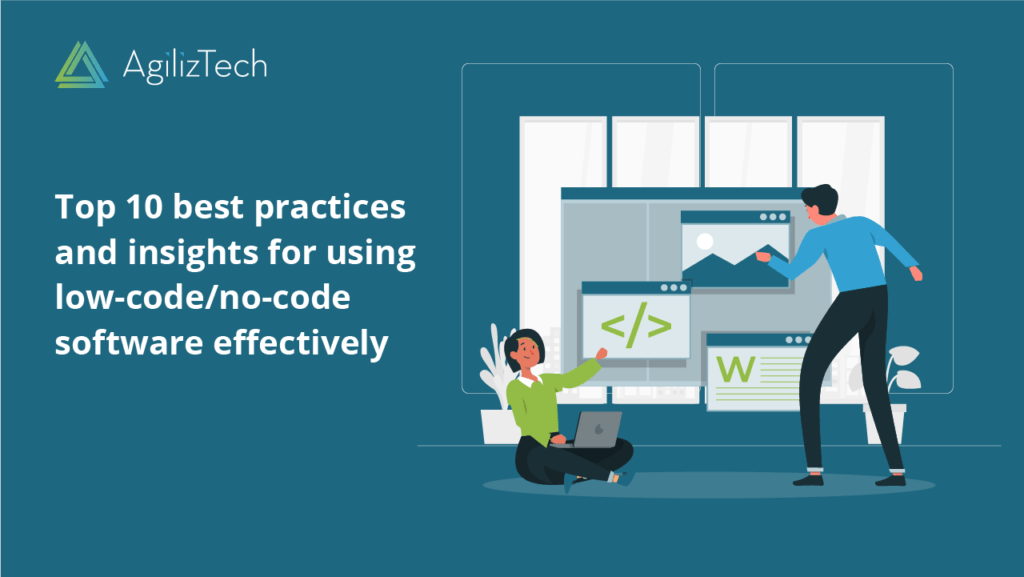In this article, we will look at How can organizations keep up with the constantly evolving cloud services?
The cloud services are constantly evolving, with new technologies, products, and services being introduced at a rapid pace. Keeping up with these changes can be a challenge for organizations, but it is also an opportunity to take advantage of new benefits and capabilities. In order to keep up with the constantly evolving cloud services, organizations must adopt a proactive and adaptable approach.
1. Stay Informed:
One of the most important ways to keep up with the constantly evolving cloud services is to stay informed. This includes staying up-to-date on the latest trends, technologies, and products in the cloud industry, as well as attending conferences, webinars, and other events.
2. Use a Cloud Management Platform:
Using a cloud management platform can also help organizations to keep up with the constantly evolving cloud services. This platform can automate and simplify the management of cloud services, allowing organizations to take advantage of new capabilities and benefits as they become available.
3. Embrace Automation:
Embracing automation is also an important step in keeping up with the constantly evolving cloud services. Automation can help organizations to manage and scale cloud services more efficiently, and to take advantage of new technologies such as machine learning and artificial intelligence.
4. Build a Strong Cloud Team:
Building a strong cloud team is also an important step in keeping up with the constantly evolving cloud services. This team should be composed of experts in cloud technologies, as well as other key areas such as security, compliance, and data management.
5. Adopt a Continual Learning Mindset:
Adopting a continual learning mindset is also an important step in keeping up with the constantly evolving cloud services. Organizations must be willing to continuously learn and adapt, and to invest in training and development programs for their employees.
6. Work with a Trusted Partner:
Working with a trusted partner is also an important step in keeping up with the constantly evolving cloud services. This partner can help organizations to stay informed, and to navigate the ever-changing cloud landscape.
In conclusion, Keeping up with the constantly evolving cloud services requires organizations to stay informed, use a cloud management platform, embrace automation, build a strong cloud team, adopt a continual learning mindset, and work with a trusted partner. By taking these steps, organizations can take advantage of new benefits and capabilities as they become available, and ensure that they are able to effectively leverage the power of the cloud.
